3 min read
Top 10 Priorities for State Chief Information Officers
More than halfway through 2025, state Chief Information Officers (CIOs) continue to navigate a dynamic landscape of technological advancements and...
Our team offers a variety of services to support your IT operations and growth.
Leverage our expertise to optimize your IT environment and work towards compliance goals.
Our team is comprised of industry experts with a deep history in working with the public sector.
Please let us know how we may assist you.
2 min read
Julia Nolan : Dec 30, 2024 5:30:03 PM
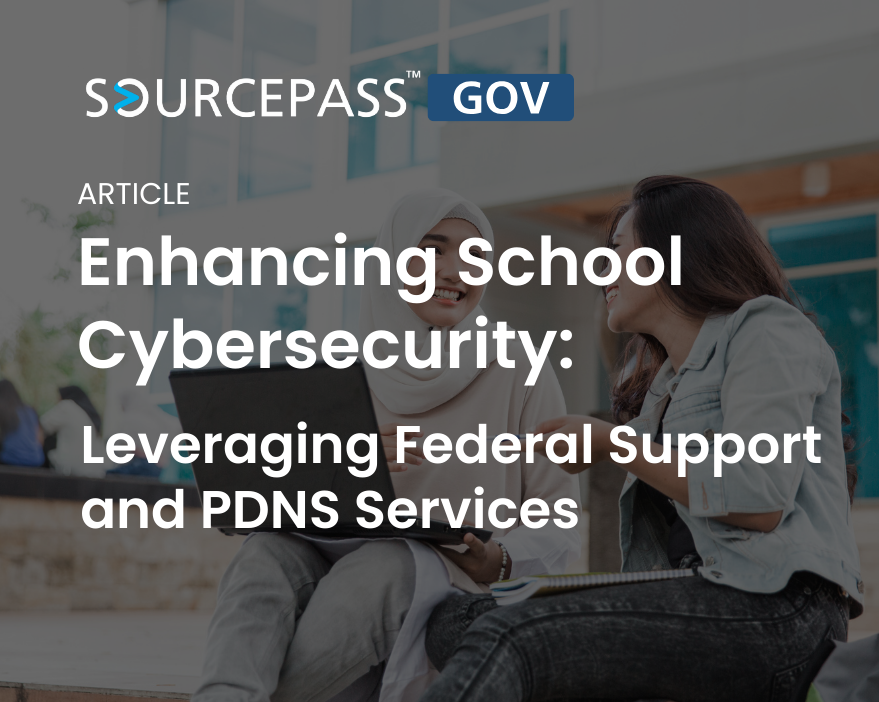
With the increase of cyberattacks targeting educational institutions, the White House launched a critical initiative aimed at strengthening the cybersecurity of K-12 schools.
This initiative underscores the federal support available to enhance school cybersecurity. By leveraging these federal resources, educational institutions can significantly strengthen their cybersecurity posture.
Cyber attacks on K-12 schools have been on the rise, with ransomware attacks causing significant disruptions. These attacks not only interrupt educational activities but also expose sensitive data of students, staff, and administrators.
The financial and emotional toll on school communities is substantial, making it imperative for schools to adopt robust cybersecurity measures.
The White House initiative recognizing the urgent need to protect educational institutions aims to help K-12 school and district administrators understand and utilize available resources to combat emerging cyber threats. One of the primary recommendations is the adoption of Protective Domain Name System (PDNS) services.
The White House initiative highlights several avenues through which schools can access PDNS services. One notable provider is the Multi-State Information Sharing and Analysis Center (MS-ISAC), which offers a PDNS service called Malicious Domain Blocking and Reporting (MDBR) at no cost to schools.
Additionally, some state governments and regional Educational Service Agencies provide PDNS services to schools within their regions.
A PDNS service is designed to prevent ransomware and other cyber attacks by blocking access to malicious websites.
It works by preventing computer systems from connecting to harmful areas of the internet without requiring any action from the user. This proactive approach stops attacks before they happen, providing a critical layer of defense for schools.
The PDNS service updates the list of malicious domains being blocked on behalf of the customer, ensuring continuous protection. Unlike other cybersecurity solutions, PDNS services do not generate alerts that require follow-up, making them easy to manage and highly effective.
While signing up for a PDNS service is a crucial step, there are several other measures that schools should take to protect their data and systems:
Sourcepass GOV can help you get started with PDNS services and other cybersecurity solutions and services you may need. Contact Sourcepass today to see how we can help improve your cybersecurity posture and help keep you safe!

3 min read
More than halfway through 2025, state Chief Information Officers (CIOs) continue to navigate a dynamic landscape of technological advancements and...
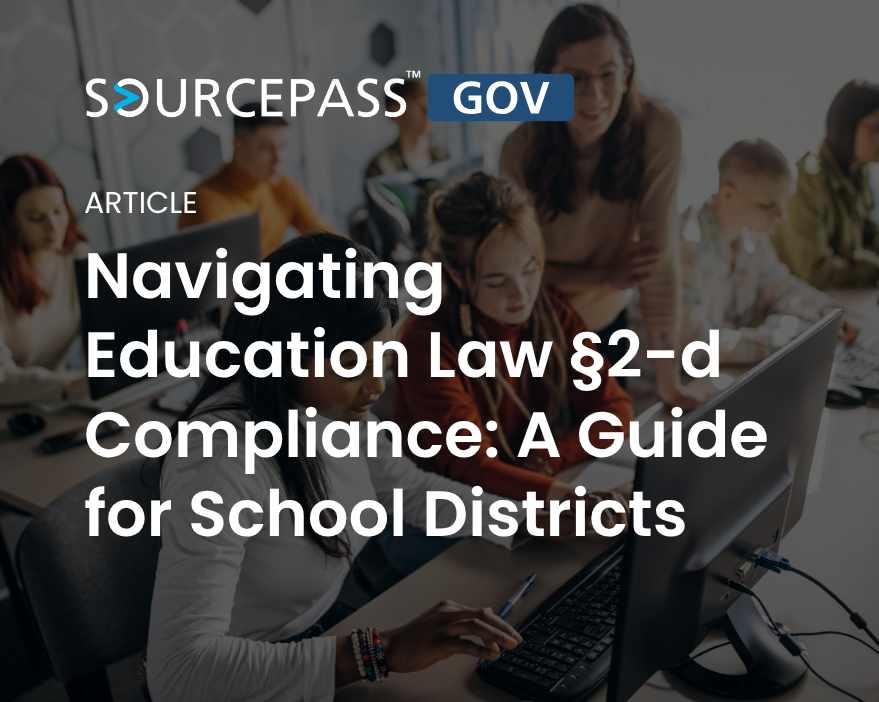
2 min read
Protecting student data is a top priority for school districts. New York's Education Law §2-d, enacted during the 2014-2015 fiscal year, sets forth...
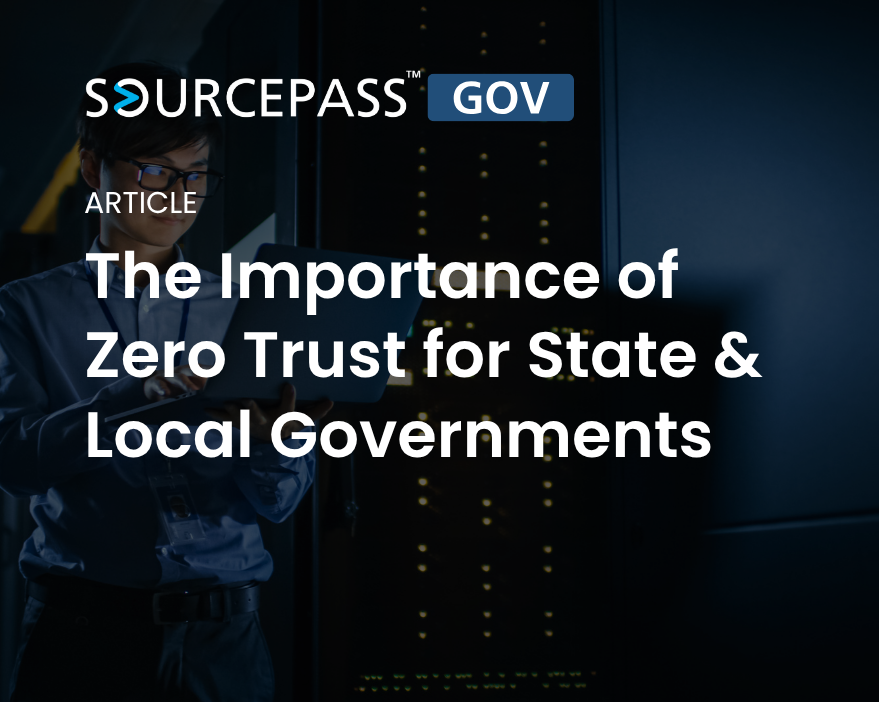
3 min read
Ransomware attacks are a significant threat to state and local governments. These attacks can cripple essential services, compromise sensitive data,...
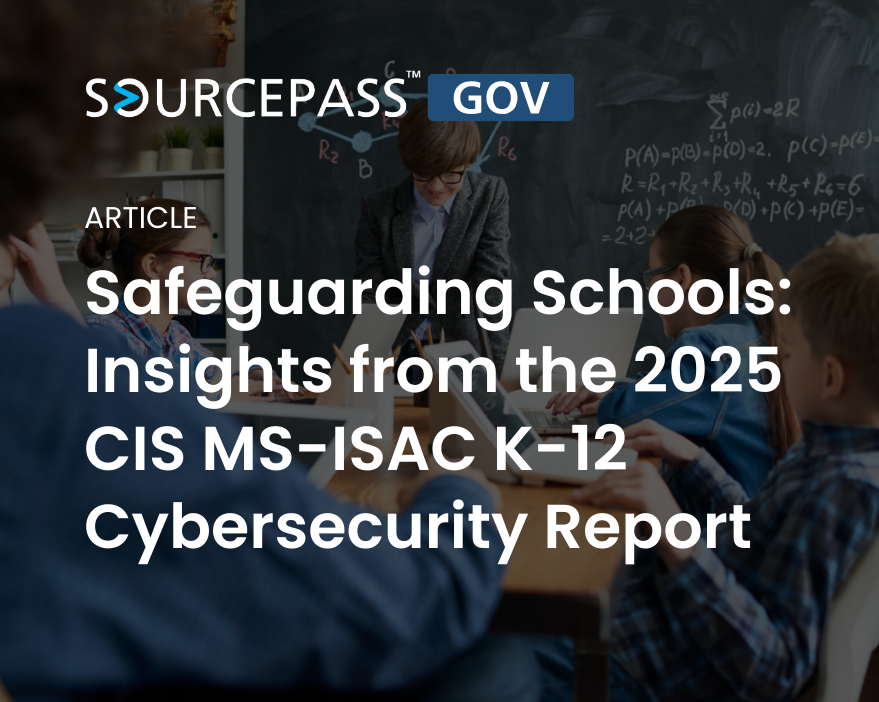
In the "2025 CIS MS-ISAC K-12 Cybersecurity Report: Where Education Meets Community Resilience," the results from an analysis of more than 5,000 K-12...
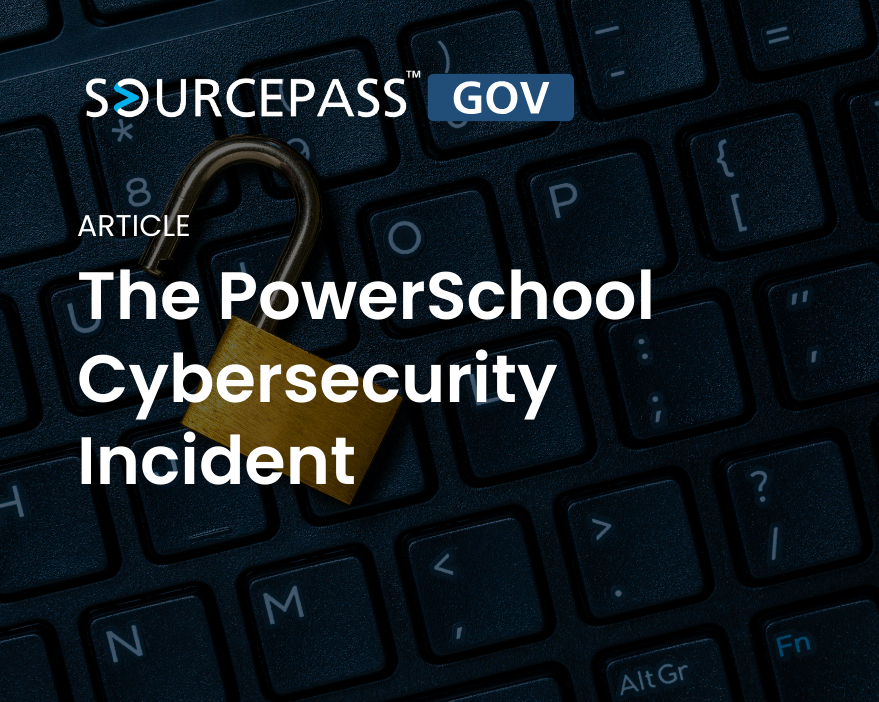
On December 28th, PowerSchool, a leading education technology software platform for North American schools, confirmed a cyberattack that resulted in...
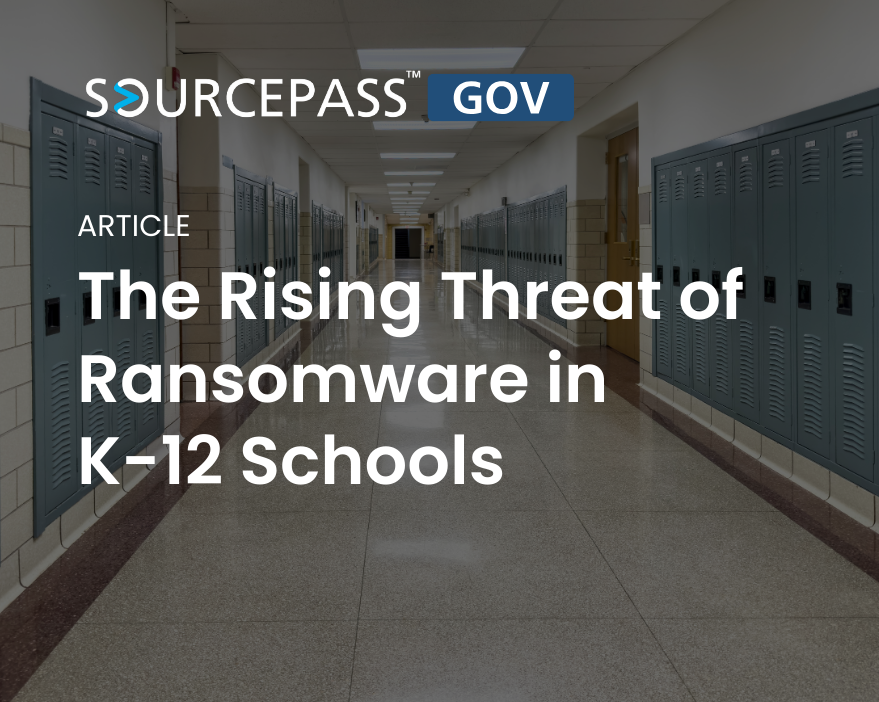
In recent years, the education sector has witnessed a troubling surge in ransomware attacks, with K-12 schools becoming prime targets for cyber...